Developer: Namco Publisher: Namco Released: 1994 Genre: Rail Shooter
I miss the arcade. The experience of playing a game in the arcade that was technically miles ahead of what you had at home was incredible. Obviously that can never happen again but it was pretty cool at the time. Another reason I miss the arcade is because of the deluxe cabinet experience. Games like Darius with its triple monitor setup or G-Loc with its rotating cabinet were an experience. Starblade featured a pod you sat in that reflected the screen to give the illusion of space. It was extremely cool and lent to the atmosphere of the game. But such experiences are best left in the arcade. Outside of its unique cabinet Starblade was a shallow game and at home its shallowness is exposed. The Sega CD version is a pretty good port. But a good port of a mediocre game is still a mediocre game.
Porting Starblade to the Sega CD was a challenge. This is not a straight port of the arcade; the system is not strong enough for that. Instead it uses a hybrid approach like Silpheed. The background elements are pre-calculated and streamed off the disc while the enemies are rendered in real time. The enemy ships are the biggest change from the arcade; here they are wireframe models while in the arcade they were flat shade polygons. It creates a look that captures the spirit and look of the arcade game while taking the system’s limitation in to account. It isn’t perfect but is better than it has any right to be.
Starblade is a first person rail shooter. As the gunner in a two man ship named the FX-01 Geosword you control the cross hairs of the ship’s laser cannons to destroy enemies while your pilot handles navigation. The game comprises three missions, destroying the super weapon Red Eye, its reactor named Octopus, and the enemy fortress Iceberg. Going along for a ride as you manipulate its targeting reticle does not sound very thrilling but Starblade does its best to make it exciting.
As an experience Starblade is exceptional. As your ship darts and weaves through armadas and tunnels it is thrilling. You move from one cool scenario to the next, with many recreating popular scenes from sci-fi movies. Whether that was intentional or not is irrelevant, for its time seeing this in 3d was cool. Your pilot constantly chimes in with radio chatter to either inform you of which direction he is going or what is coming next. The game gives off a feeling of epic scale that was nearly unmatched at the time.
Sadly spectacle is all that Starblade has going for it. Even though the game is a rail shooter like Star Fox I would still rather play that game in all of its 10-15 fps glory. Starblade is one of the shallowest games you will ever play. It has no depth and is completely brainless. Once the game starts there is no reason to ever let go of the fire button. You only control the targeting reticle; your copilot does all the flying. Simply aiming and shooting down enemies is a boring experience with nothing to break it up. There are no bombs, special weapons, or items of any kind. In fact there is no way to restore your shields either!
As such Starblade is a FMV game with fancy graphics. Games like Star Fox and Silpheed, despite being on rails, at least give you control of your ship. Navigating through chaos while also taking down enemies is fun because your success comes down to skill. In Starblade you get none of that. At most if you don’t shoot down enemy’s quick enough you take damage. This is a roller coaster ride with a bare minimum of interactivity that outside of its spectacle is boring.
Even though Starblade is not an FMV game it shares their lack of replay value. Once you have gone through it once there is no reason to ever revisit the game. Just like Dragon’s Lair once the game is over there are no more surprises. It also does not help that it is incredibly short. There are only three missions and the entire game will probably take fifteen minutes or so to complete. That is, if you are good enough. You get three credits which probably will not be enough your first time through. So at most the game’s longevity becomes thirty minutes that never changes. That is not good enough in my opinion.
In Conclusion
Starblade was an experience in the arcade. It is impressive that in its own way the Sega CD manages to recreate Starblade at home. But it also shows that some experiences are best left in the arcade.


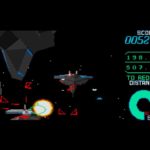
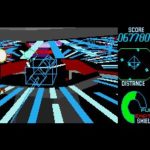
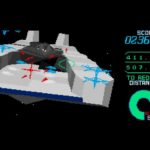
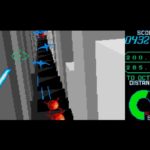
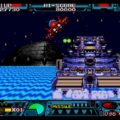
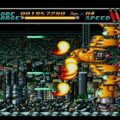
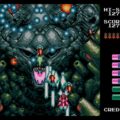
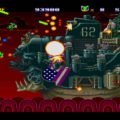
One thought on “Starblade”